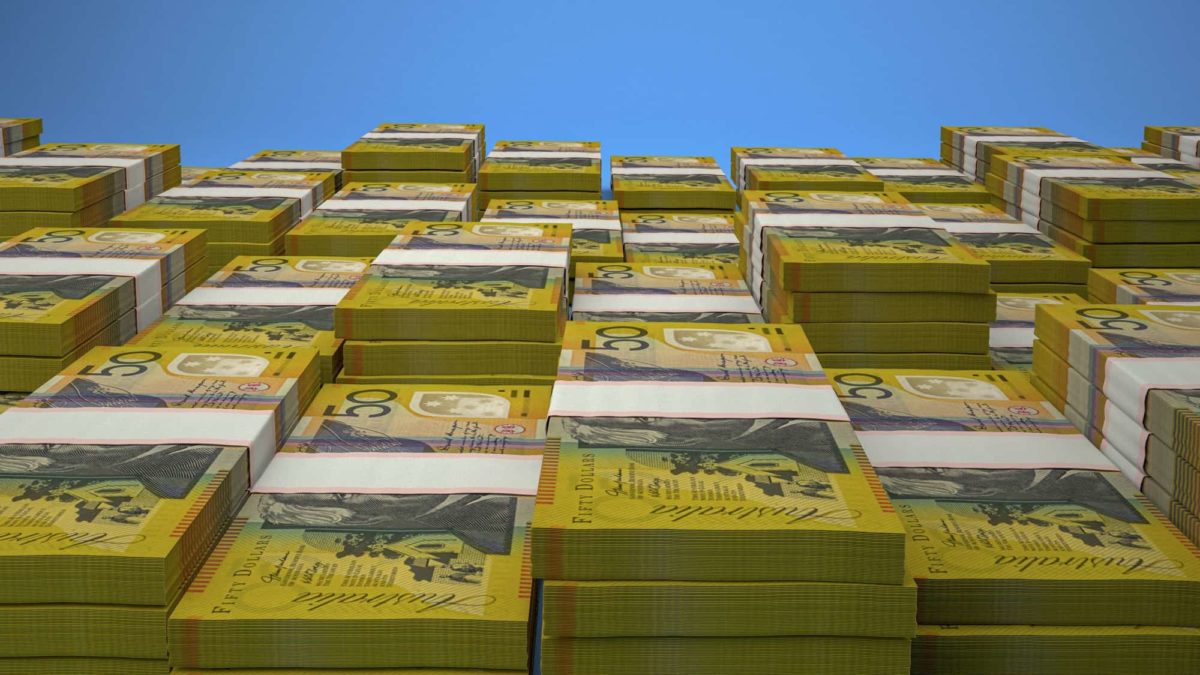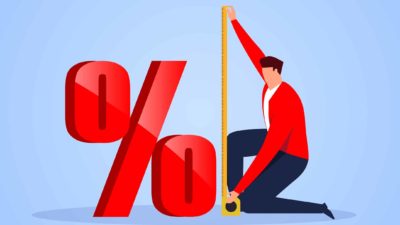Exchange-traded funds (ETFs) have exploded in popularity over the past few years.
So there are now all sorts of funds that represent different indices, sectors, investment strategies and assets.
Investment services provider BetaShares recently extracted ASX data from 1 January to 30 September to work out which ETFs attracted the most amount of investor money.
And the analysis makes for fascinating reading.
Overwhelmingly, two asset types dominated investor money: Australian shares and international shares. They took in around $4.1 billion and $3.5 billion respectively.
Gold was a distant third with about $1.1 billion. Fixed income ETFs weren't too far behind in fourth place.
"Just because an asset class is receiving large inflows does not necessarily mean it will perform well," said BetaShares Associate Director, Michael Brown.
"It is, nonetheless, always interesting to observe where the money is flowing into and out of, to get a sense of sentiment within the overall market, and what is resonating with different types of investors."
At the end of the spectrum, currency ETFs were the only category to experience negative net investment. Geared long, commodities, Australian listed property and cash all recorded positive flows but were the least popular.
Australian shares ETFs breakdown
ETFs that represented Australian equities were then broken down to subcategories — broad, sector-based, high yield, large cap and small cap.
"Broad market exposures dominated, with just over $3.5 billion in net flows," said Brown.
"Broad market exposures are generally made up of very liquid, large companies that trade on the ASX."
He added that there might be 3 reasons why broad ETFs were so popular:
- Many active managers have underperformed against their benchmarks this year
- Investors reckon there's value within Australian shares
- Broad-exposure funds have less stock-specific risk than directly picking shares
International shares ETFs breakdown
While developed world shares were easily the most popular, attracting almost $1.7 billion, sector-based ETFs fared better than in Australian equities.
Sector-based international ETFs brought in the second most amount of investor money, raking in just under $1 billion.
This is largely because of the United States technology sector's stunning rally this year.
"ETFs providing exposure to the NASDAQ-100 (NASDAQ: NDX) took the lion's share, with the BetaShares Nasdaq 100 ETF (ASX: NDQ) and the BetaShares Nasdaq 100 ETF – Currency Hedged (ASX: HNDQ) attracting ~$380 million in new money between them," Brown said.
Despite a correction in September, the Nasdaq Composite (NASDAQ: .IXIC) has gained more than 70% since the COVID-19 trough in March.
ETFs for gold, fixed income and ethical investing
Fortunately for investors in the year of the coronavirus, it's easy to invest in gold through ETFs.
"Given recent market volatility, and considering gold has traditionally been viewed as a 'safe-haven' asset, we have previously written about why there are still plenty of reasons to consider an investment in gold," Brown said.
"Gold has seen a consistent and high level of total flows this year."
Fixed income ETFs have been popular for similarly defensive reasons.
"For yield-hungry investors, we saw hybrids exposure obtain a large share of inflows with over $190 million," said Brown.
"For more defensive investors, we saw strong flows into core Aussie and Global bond indices, with Australian Government bonds a standout."
More than $900 million has also flowed into ethical investment ETFs this year, showing social responsibility ascending in priority for retail investors.
Brown said market capitalisation of ethical ETFs has increased more than 800% since December 2016.
"Since the start of the pandemic, the knock-on effects of lockdown, including restricted movements of people and the shutdown of industrial activity, have had significant impacts on global carbon emissions and the way we work," said Brown.
"Now, as we consider how best to shape the economy coming out of the crisis, ESG considerations are again coming to the forefront of investment decisions."









